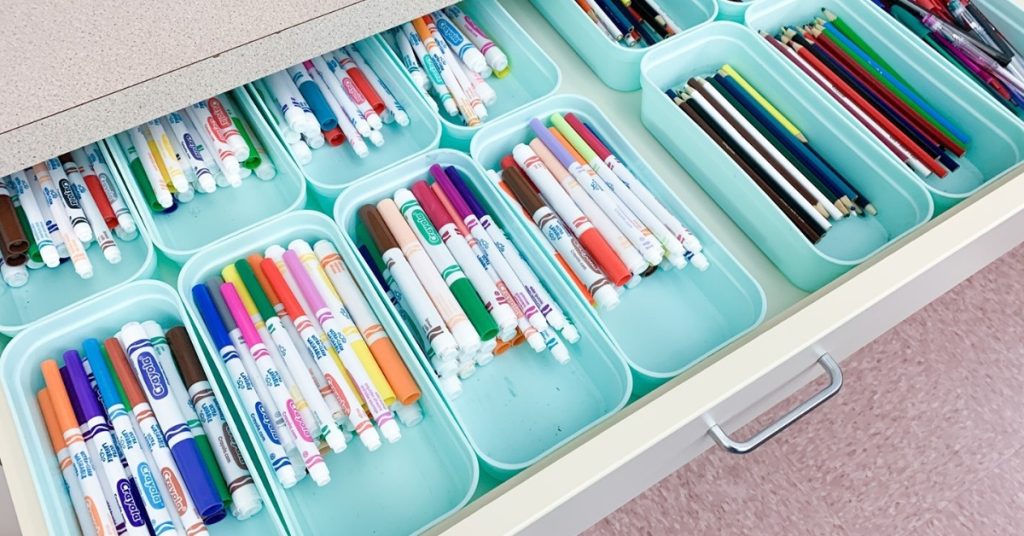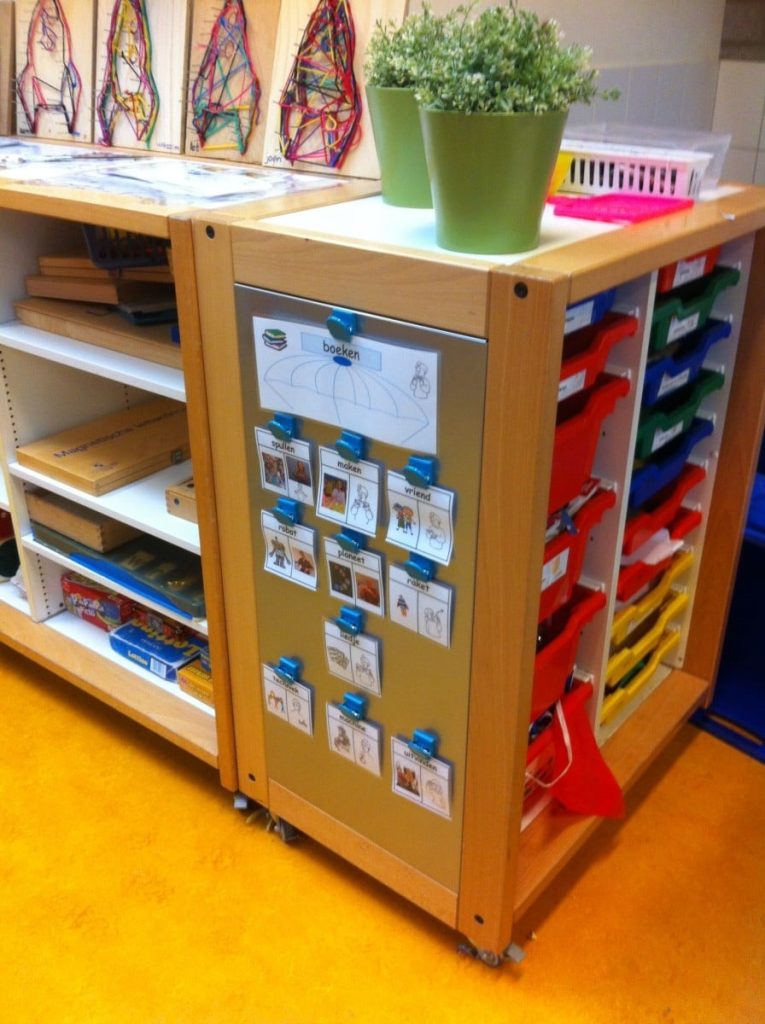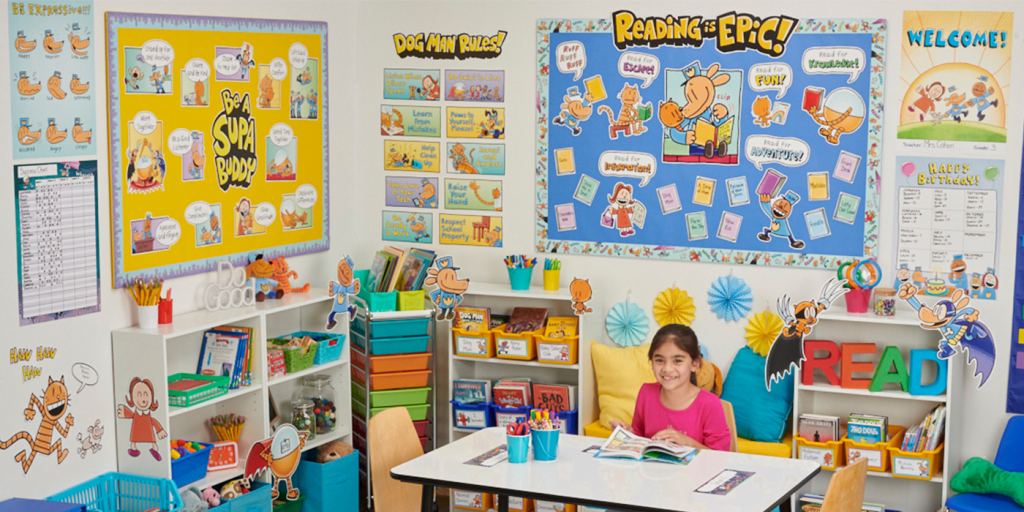Managing a classroom can be as challenging as it is rewarding, particularly when it comes to keeping everything organized. For busy teachers looking for ways to tidy up the learning environment, here are 15 classroom storage ideas that can help create an orderly and efficient space:
1. Mobile Storage Carts: Utilize carts with wheels and drawers to easily move supplies where they are needed.
2. Hanging File Folders: Create a system for student paperwork, assignments, and handouts in a dedicated filing area.
3. Clear Storage Bins: Transparent bins help you quickly see what’s inside without having to rummage through them.
4. Book Bins: Assign each student a bin for their books and belongings to keep their desks clutter-free.
5. Classroom Library Corner: Use bookshelves with labeled baskets to categorize books by genre or reading level.
6. Stackable Crates: Perfect for storing larger items or holding student project materials together in one place.
7. Desk Organizers: Provide students with individual organizers for pens, pencils, and other small supplies.
8. Wall-Mounted Pockets: Utilize vertical space for storing items like homework or permission slips that need to be easily accessible.
9. Magazine Holders: Repurpose these as storage for textbooks, notebooks, or even clipboards.
10. Over-the-Door Shoe Holders: The clear pockets on shoe organizers make for perfect compartments for art supplies or calculators.
11. Rolling Library Ladder with Shelves: Make the most of high spaces with a ladder system that provides access to higher shelves.
12. Color-Coded Materials System: Use different colored bins or stickers to quickly identify subjects or classes.
13. Classroom Supply Caddy: Centralize common shared materials like scissors and glue in a caddy that can be passed around.
14. Utility Hooks: Install hooks inside cupboard doors to hang aprons, headphones, or tote bags out of sight.
15. Expandable Wall Racks: Ideal for organizing charts, maps, or even displaying student work without taking up desk space.
Implementing just a few of these storage solutions can greatly improve the functionality of a classroom, keeping the focus on teaching and learning rather than on managing clutter and chaos. With everything in its place, teachers can save precious time and maintain a calm, inviting educational environment for their students.











